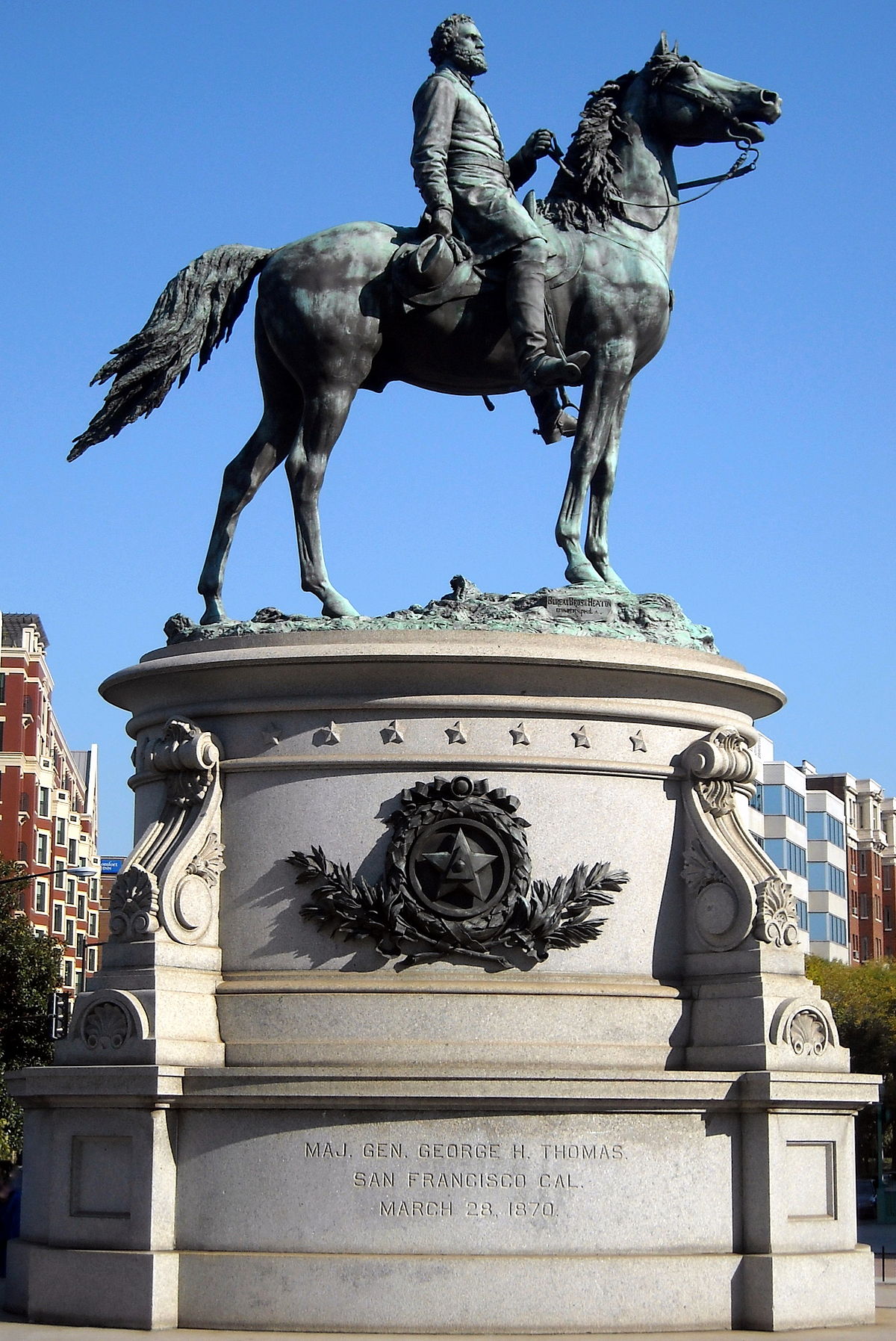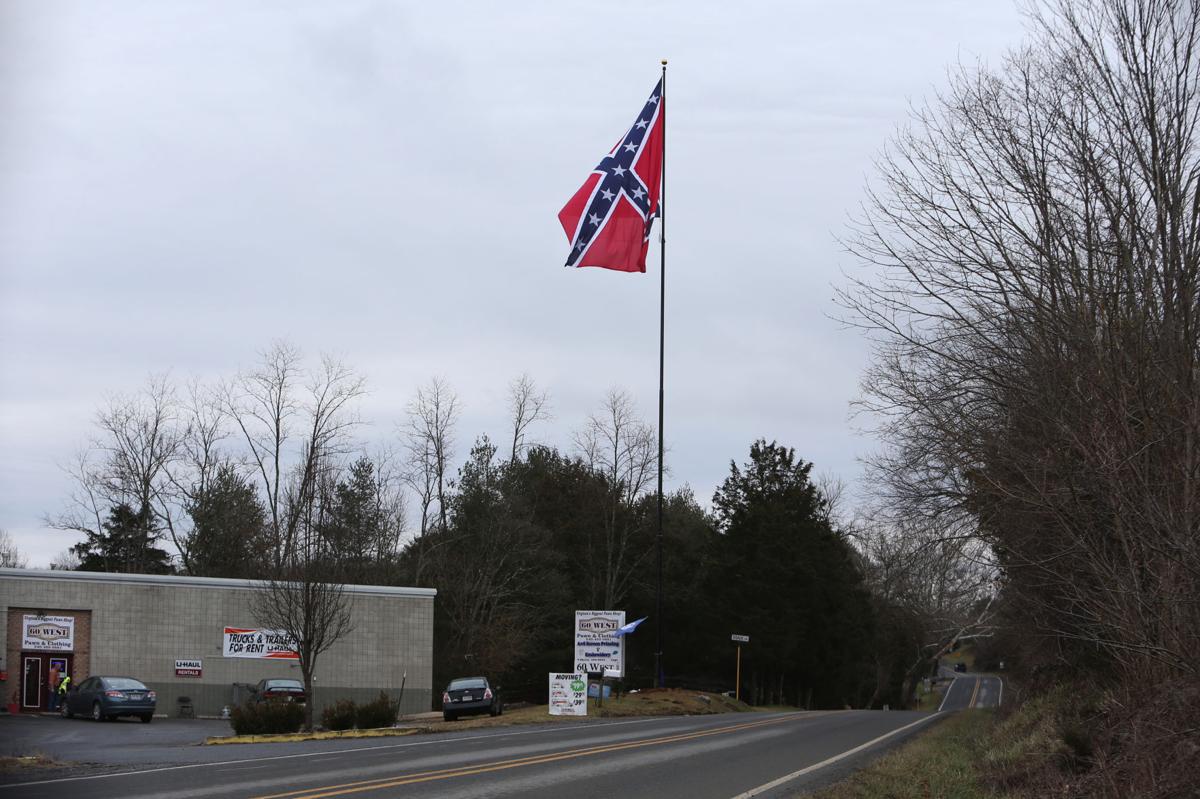usmbguest5318
Gold Member
So the South invaded the North and conducted a scorched Earth campaign from Dc to Baltimore to New York then Boston...no, wait, that was General Sherman through the South.[
I think the slavery issue boiled over, the South could see their power weakening in national elections and they struck back the only way they could.
roflmao
The Southern states seceded from the United States and formed their own new nation; thus for the entirety of any given state's membership in the CSA, those states and their citizens did not construe themselves as part of the United States. The consequence of secession is that the USA saw itself, must as the English did in the Revolutionary War, as crushing a rebellion. The CSA, in contrast, saw itself as securing its status as a new nation.
The fact of the matter is the South lost. Because it lost, the truth of the matter is that United States did not invade anything. Rather it sent men and materiel to its southern region to subdue treasonous insurrectionists. Had the CSA won the war, then it'd be appropriate to attest to the North/USA having invaded.
The crime of treason might be covered with a counterfeit varnish of patriotism, so that the precipitators of the rebellion might go down in history hand-in-hand with the defenders of the (US) Government.
-- Gen. George Thomas


-- Gen. George Thomas

Aside:
It is worth noting that in D.C., the only statue honoring a Confederate is that of Albert Pike. He, however, is commemorated as a Freemason, not as a Confederate officer. The words engraved on the memorial describe the multitalented Pike (1809-1891) thusly: AUTHOR, POET, SCHOLAR, SOLDIER, JURIST, ORATOR, PHILANTHROPIST and PHILOSOPHER. Pike was a strict nativist. He joined the Know-Nothing Party — those anti-Catholic, anti-immigrant agitators — but left when he found the party’s support of slavery insufficiently intense.



At the outbreak of the Civil War, the transplanted Yankee supported the Confederacy and was made a brigadier general in its army. Pike seems not to have been a good soldier. He oversaw a regiment of Native Americans but was unable to control them at the Battle of Pea Ridge in 1862. Some of the men under his command committed atrocities, scalping fallen Union soldiers. After further run-ins with his superiors in Richmond, Pike was reprimanded and resigned his position.
After the war -- and a pardon from President Andrew Johnson -- Pike returned to work as a lawyer and writer. He moved to Washington in 1868 and threw himself wholeheartedly into the minutiae of Freemasonry, an organization he had been involved with since 1850.
It is Pike’s Masonic activities — he wrote frequently on the topic and served as Grand Commander of the Supreme Council, Southern Jurisdiction — that prompted the construction of the memorial in 1901. The monument, with statues by sculptor Gaetano Trentanove, was paid for by the Masons. It was said of Pike, “He found Freemasonry in a log cabin and left it in a Temple.” His body is interred in the House of the Temple, headquarters of the Scottish Rite of Freemasonry, at 16th and S streets NW, where there is a museum in his honor and the contents of his library are kept.

(The first place I ever lived on my own was an apartment on the 6th floor of that apartment building you see in the photo above. I liked it because the balconies -- the jutting-out parts of the exterior -- are enclosed and because there were all sorts of things to do within two minutes walking distance. I only lived there for a year.)



At the outbreak of the Civil War, the transplanted Yankee supported the Confederacy and was made a brigadier general in its army. Pike seems not to have been a good soldier. He oversaw a regiment of Native Americans but was unable to control them at the Battle of Pea Ridge in 1862. Some of the men under his command committed atrocities, scalping fallen Union soldiers. After further run-ins with his superiors in Richmond, Pike was reprimanded and resigned his position.
After the war -- and a pardon from President Andrew Johnson -- Pike returned to work as a lawyer and writer. He moved to Washington in 1868 and threw himself wholeheartedly into the minutiae of Freemasonry, an organization he had been involved with since 1850.
It is Pike’s Masonic activities — he wrote frequently on the topic and served as Grand Commander of the Supreme Council, Southern Jurisdiction — that prompted the construction of the memorial in 1901. The monument, with statues by sculptor Gaetano Trentanove, was paid for by the Masons. It was said of Pike, “He found Freemasonry in a log cabin and left it in a Temple.” His body is interred in the House of the Temple, headquarters of the Scottish Rite of Freemasonry, at 16th and S streets NW, where there is a museum in his honor and the contents of his library are kept.

(The first place I ever lived on my own was an apartment on the 6th floor of that apartment building you see in the photo above. I liked it because the balconies -- the jutting-out parts of the exterior -- are enclosed and because there were all sorts of things to do within two minutes walking distance. I only lived there for a year.)










